Lighting is more than just illuminating dark spaces – it constitutes one of the essential elements in the field of design, significantly contributing to our environment and well-being. This intriguing world of light encompasses a plethora of sources, from traditional incandescent to modern LEDs, each with varying attributes, usage scenarios, and environmental impacts. Lighting design, including the strategic placement of light sources, dictates both the aesthetics and functionalities in both living and workspaces. Furthermore, it’s important to comprehend how various lighting types potentially influence our health, altering our mood, sleep cycle, productivity, and even eye health. As we step enthusiastically into an era marked by rapid tech-evolution, emerging trends in lighting technology are reshaping the consumer market, blending efficiency with a futuristic appeal.
Types of Lighting
Incandescent Lights
Incandescent lights were once the most common form of household lighting, and are probably the type you are most familiar with. They work by passing an electric current through a wire filament which becomes hot and ultimately starts glowing. Incandescent lights are easy to use and produce a warm, inviting light. However, they are also highly inefficient as most of the electricity used is converted into heat, rather than light. These lights also don’t have the best lifespan, typically burning out after about 1,000 hours of use.
Compact Fluorescent Lights (CFLs)
Compact fluorescent lights, or CFLs, are a type of lighting source that was developed as a more energy-efficient alternative to incandescent bulbs. CFLs utilize a different process to produce light, involving an electric current driven through a tube containing gases. This reaction produces ultraviolet light, which then stimulates a fluorescent coating on the inside of the tube to emit visible light. CFLs use up to 75% less energy than incandescent bulbs and also have a much longer lifespan, potentially lasting up to 10,000 hours. However, they do contain a small amount of mercury, which means they must be disposed of properly.
LED Lights
Light emitting diodes, or LEDs, are the most recent and efficient development in lighting technology. They produce light by moving electrons through a semiconductor, a process which generates very little heat and thus uses far less energy than incandescent or CFL lights. LEDs are incredibly energy-efficient and durable, with lifespans potentially exceeding 50,000 hours. They are however generally more expensive to purchase initially but can lead to significant cost savings over time due to their energy efficiency and durability. LEDs also offer greater flexibility in terms of light color and intensity, and are increasingly being used in modern “smart” lighting systems.
Understanding Different Lighting Sources and Their Ideal Scenarios
Choosing the right lighting for a space involves understanding the unique features of various light sources, how they influence ambiance, energy efficiency, and cost. Incandescent lights, renowned for their warm, soft glow, are perfect for creating a cozy setting in living areas, and are particularly favored in locales where accurate color rendering is important, like an artist’s studio. CFLs, with their bright, white light, are well-suited for areas needing consistent illumination over prolonged periods, such as an office. On the other hand, LEDs are favored due to their energy efficiency and adaptability, with their effective directional light emission making them an excellent pick for task lighting.
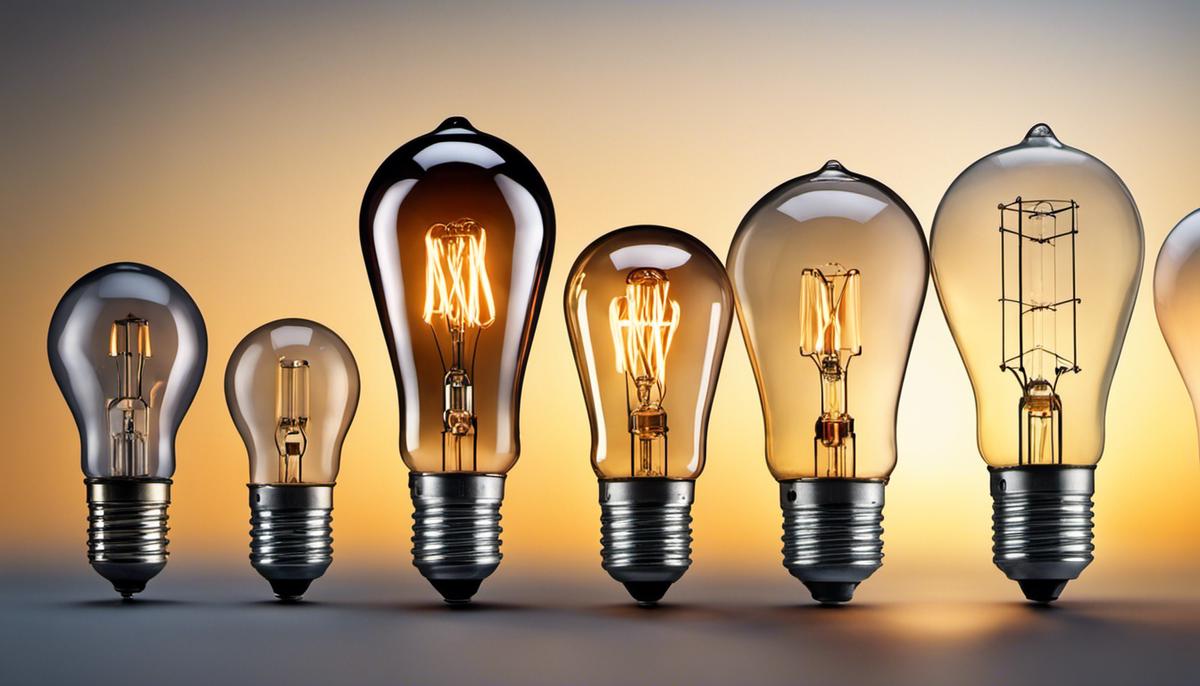
Lighting Design and Placement
The Role of Proper Lighting Design
Whether it’s a commercial or residential space, good lighting design acts as an influential factor in setting a dynamic, yet comfortable ambiance. It delicately underscores the mood and atmosphere of an area while also catering to practical utility. The artistry lies in achieving the right blend of aesthetic appeal with functional application, laying the foundation for an effective lighting strategy.
Relying on multiple layers, successful lighting design piggybacks on the fundamentals of ambient, task, and accent lighting. Ambient lighting traverses the whole area, ensuring sufficient illumination without any dark spots. Task lighting lends a helping hand in segmented activities such as reading, cooking or studying by offering focused light in the required areas. Meanwhile, accent lighting adds a touch of appeal, drawing attention to specific characteristics and features of a room, such as artwork or architectural details.
The Interplay between Natural and Artificial Light
The blend of natural and artificial light greatly influences the quality of illumination in an area. Natural light, also referred to as daylighting, offers numerous advantages. Apart from being a more sustainable option, it enhances visual comfort and contributes to one’s health and wellbeing.
However, depending entirely on natural light is often not feasible, necessitating a well-planned artificial lighting design. The artificial lighting should ideally complement the natural light without creating an overly lit or shadowy atmosphere. Blending natural and artificial light also connects the indoor and outdoor environments, leading to a more harmonious space.
Strategizing Lighting for Different Tasks, Moods, or Aesthetics
Strategically using lighting in different scenarios can dramatically change the functionality and appearance of a space. For tasks that require concentration and precision, bright, focused lighting, like a lamp or spotlight, is essential.
Adjusting the lighting can also create various moods. Bright lighting tends to make the space feel energetic and alert, while subdued lighting promotes relaxation and calmness. Employing dimmers allows the manipulation of light intensity to fit the desired mood.
Lasty, lighting can be used to enhance the aesthetics of a space. Architectural features can be highlighted with accent lights, while neutral lighting can make the area appear spacious. It’s also worth considering how the color and positioning of light can impact the overall look and feel of the space.
Conclusion
Lighting holds a vital role that transcends boundaries, influencing not only residential but also commercial sectors. The calculated blending of natural and artificial light anchors the allure of an environment, increasingly its appeal, while sensible application of light promotes functional usability of a particular space. Regardless of the objective, be it task-oriented, ambiance creation, or aesthetic envisaging, lighting possesses an irreplaceable contribution. With proper knowledge and thoughtful planning, the limitless potentials of lighting can be fully harnessed.
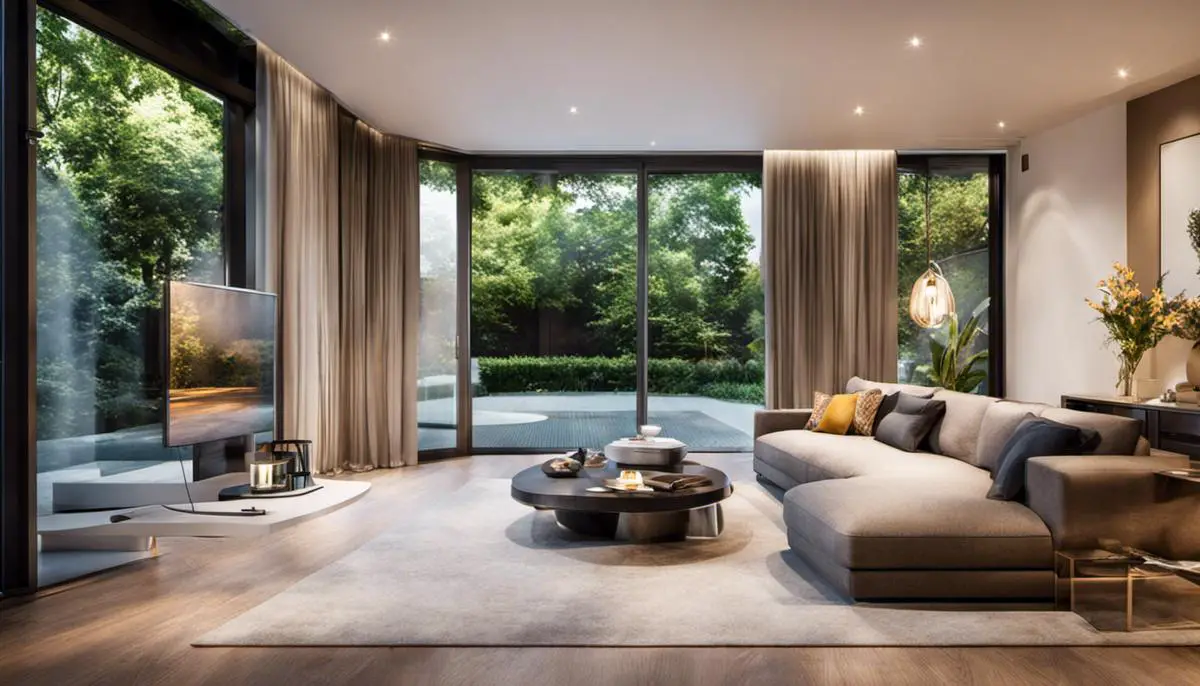
Environmental Impact of Lighting
Understanding Various Light Sources and Their Environmental Consequences
Traditional incandescent bulbs have a rich history, existing for over a hundred years. They, however, are inefficient in terms of environmental impact and energy usage. Unfortunately, a staggering 80% of the power they consume is lost as heat, leaving only 20% for actual lighting. This inefficiency escalates utility costs and leads to more greenhouse gas emissions.
Compact Fluorescent Lights (CFLs), on the other hand, offer a more energy-wise option. They conserve at least 70% more energy than incandescent bulbs and extend up to 10 times longer in lifespan. But they are also not devoid of environmental complications as they possess small quantities of toxic mercury. Poor disposal methods can result in mercury leakage and consequent environment pollution, negatively impacting the ecosystem.
Currently, Light Emitting Diodes (LEDs) reign supreme as the most energy-friendly bulbs available. They operate with 75% less energy in comparison to incandescent bulbs and outlast them by 25 times. They are mercury-free hence safer for disposal. However, LEDs utilize significant amounts of aluminum, the extraction or recycling of which has substantial environmental implications. Also, they may contain scarce earth elements whose mining presents an array of environmental challenges.
The Drive Towards Environmentally-Friendly Lighting Solutions
The switch to energy-efficient lighting, such as LEDs, has been driven in large part by policies, regulations, and initiatives focused on lowering energy consumption and reducing greenhouse gas emissions. The Energy Independence and Security Act of 2007, for example, mandated annual increases in lighting efficiency standards in the United States, essentially phasing out old-style incandescent bulbs.
New technologies are also contributing to the sustainability of lighting. For example, light management systems can dramatically reduce energy usage by adjusting lighting levels according to the natural light available or the presence of people. Solar-powered outdoor lighting has also emerged as a green alternative, specifically in areas that receive ample sunlight.
Organizations are also stepping up their efforts to address the waste problem associated with lighting. LightRecycle, a program run by the non-profit Product Care Recycling, collects and recycles bulbs at the end of their lifespan, ensuring that harmful components like mercury are properly handled.
Envisioning the Future of Lighting: Embracing Sustainability and Energy-Efficiency
The future of lighting is bright, with innovations in LED technology, laying the course for remarkable energy efficiency and longevity. Breakthroughs such as Organic LEDs (OLEDs) and Quantum Dot LEDs (QLEDs) are essentially promising, as they convert practically all energy they consume into light, ensuring negligible energy waste.
Beyond energy efficiency, research endeavours are in place to produce entirely recyclable or bio-degradable bulbs, minimizing waste significantly. Advancements in solar cell technology coupled with strategic energy storage could certainly popularize solar-powered lighting, making it a standard in efficiency.
Ensuring lighting practices are sustainable is a complex equation involving policy changes, technological breakthroughs, and user behaviour modification. Using environmentally friendly bulbs is a step forward, but it’s equally crucial for the consumers to handle waste management consciously, and companies to incorporate end-of-life cycle management during product design. Consequently, the shift towards sustainable lighting is indeed a beacon of hope in climate change mitigation efforts.
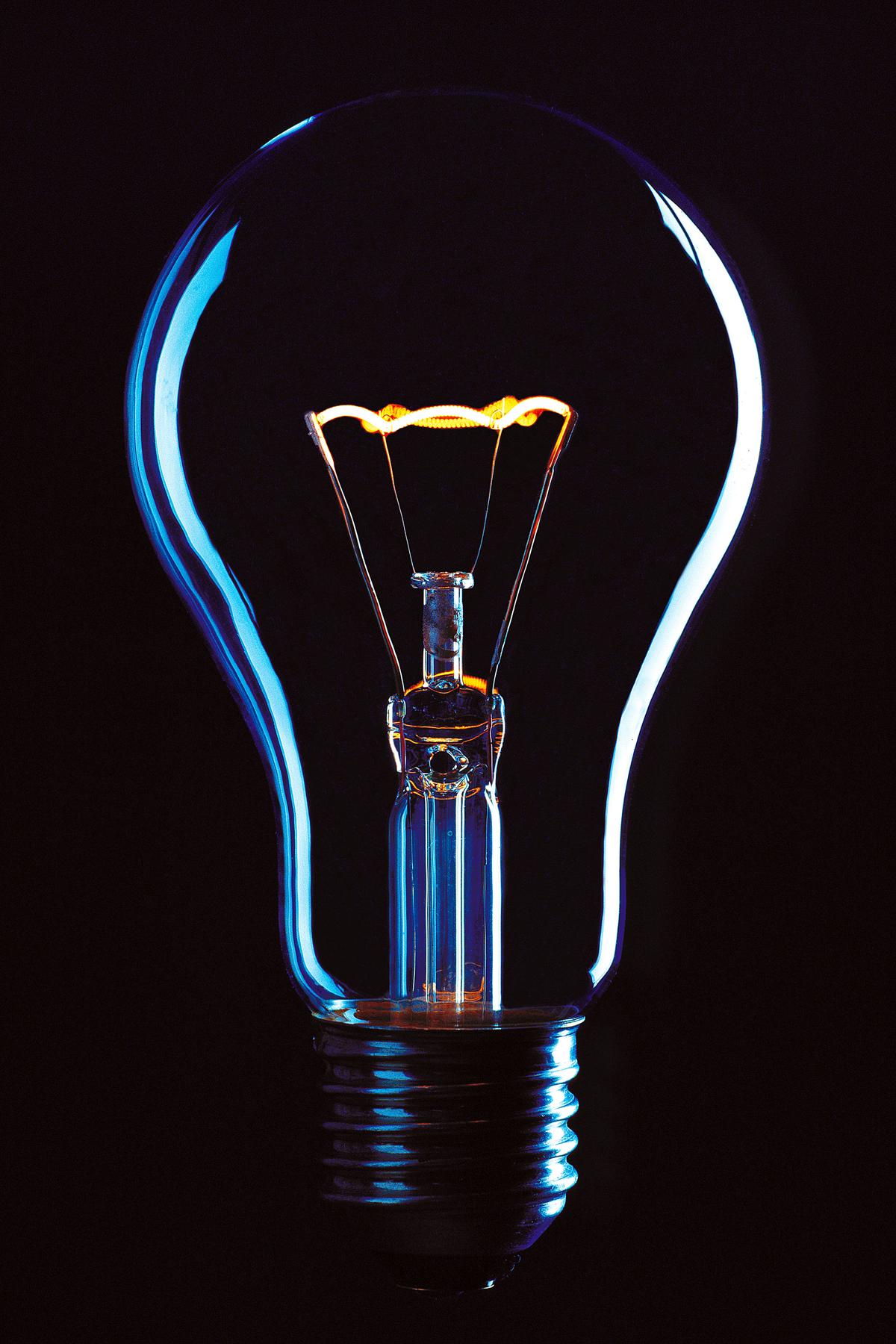
Photo by ale_s_bianchi on Unsplash
Health Implications of Lighting
Understanding the Role of Lighting in Regulating the Sleep-Wake Cycle
Fundamental to our wellbeing, our internal sleep-wake cycle, also known as the body’s circadian rhythm, is greatly impacted by the lighting conditions around us. Exposure to bright light, especially during the morning, triggers alertness, while dimmed lights in latter part of the day signal the body to generate melatonin, a hormone vital for promoting sleep.
However, in today’s digital world, our circadian rhythm often gets disrupted due to the proliferation of artificial lighting from electronic devices such as computers and smartphones. The blue light emanating from these screens interferes with the production of melatonin, causing sleep disturbances. For maintaining a healthy sleep pattern, it’s advisable to lessen exposure to bright and specifically blue light in the hours leading up to our bedtime.
Lighting and Mood
Research has shown a strong connection between lighting conditions and mood. Bright, natural daylight can boost serotonin levels, enhancing mood and energy. On the other hand, lack of natural light is linked with Seasonal Affective Disorder (SAD), a form of depression that typically occurs in the fall and winter months when daylight hours are shorter. To combat these mood changes, light therapy is often used which involves exposure to bright light from a light box for a specific amount of time each day.
Lighting and Productivity
The quality of light also affects productivity levels. Bright, cool light is thought to stimulate alertness and improve performance in the workspace. Conversely, dim lighting can cause eye strain and fatigue, making it more difficult to concentrate and complete tasks. For the best productivity levels, opt for natural, glare-free light and flexible lighting solutions that allow individuals to adjust their environment based on their needs and tasks.
Lighting and Eye Health
Lighting conditions also have a significant effect on eye health. Too much bright light, especially from staring at digital screens, can lead to digital eye strain, with symptoms including dry, irritated eyes, blurred vision, and headaches. Conversely, inadequate lighting may cause strain as the eyes need to work harder to see.
The best practice for eye health is to have layer lighting in a room with a good balance of both natural and artificial light. This helps to avoid extreme contrasts between dark and light areas, reducing the likelihood of eye strain. In addition, taking regular breaks from screens can help to rest the eyes and minimise potential damage.
Optimal Lighting for Health and Well-being
Creating an ideal environment for health and well-being involves using effective lighting. It’s advisable to expose yourself to natural daylight during daytime hours, ideally early on for a refreshing start to your day. Limiting exposure to bright and particularly blue light during evening hours is beneficial as it helps regulate the sleep-wake cycle.
When it comes to your workspace, maintaining balanced and layered lighting is key. Having control over the intensity and direction of the light will allow you to avoid unnecessary glare. Regular breaks from screens are also important for eye health. During the gloomier months when natural light might be scarce, consider light therapy as a potential solution to boost mood and energy levels.

Latest Trends in Lighting
Exploring Smart Lighting
One notable advancement in modern lighting technology is the advent of smart lighting systems. These cutting-edge systems can be controlled directly from an app on your smartphone, allowing unprecedented flexibility and customization of your home’s lighting. Some of these sophisticated setups even offer the possibility of adjusting the intensity, color temperature, and hue of the lights.
Smart lights offer the ability to schedule when they turn on or off, and can even be programmed to respond to specific triggers, such as sunset or a particular time of day. This combination of convenience and the potential for personalized settings makes smart lighting an appealing choice for homeowners seeking to enhance their living environment.
Energy-Efficient Bulbs
Energy-efficient bulbs, sometimes known as LED bulbs, are lighting options that consume significantly less electricity than conventional incandescent light bulbs. While their upfront cost is higher, their lower energy use and longer lifespan can lead to substantial savings over time.
These bulbs come in a variety of styles and formats, including options designed to look like traditional light bulbs. Some of them are also compatible with dimmer switches allowing you to control the intensity of light.
Color-Changing LEDs
Color-changing LEDs take the customization of smart lighting technology to a new level. These lights can display a range of different colors which can be controlled by a remote or a smartphone app. By adjusting colors, homeowners can set the mood or personalize the decor of their rooms at any time.
These bulbs are often energy efficient, and many utilize LED technology. Depending on their complexity, they may be capable of displaying millions of different colors, with some models even capable of responding to the beat of music or sounds.
Future of Lighting Technology
Looking forward, the possibilities for lighting technology are seemingly endless. They range from integrating lights with our smart homes and devices for greater interactivity and convenience, to using them to improve our health by mimicking the natural progression of daylight.
A promising trend is “LiFi” or light fidelity technology, that uses light waves instead of radio waves to transmit data, which could potentially revolutionize internet connectivity.
Another area of interest is in organic light-emitting diodes (OLEDs), particularly for their use in flexible or wearable displays. They offer the possibility of screens that can be manipulated like fabric, potentially changing how we interact with light in our daily lives.
Moreover, innovations are underway to create more sustainable lighting options. For instance, microbial fuel cell technology that generates electricity using bacteria; and solar-powered LED systems are being explored for their potential to provide off-grid lighting solutions.
Lighting technology is advancing at an impressive rate, and it’s exciting to consider the impact these innovations could have on our day-to-day life.

From the diversity of light sources to design intricacies and placement, from discerning the environmental effects to understanding the health implications, and keeping abreast of burgeoning trends in the lighting sphere, the voyage across the multi-faceted universe of lighting is both enlightening and impactful. While it’s easy to underestimate the importance of something as ubiquitous as lighting, each light source we switch on plays a considerable role in our daily life, the environment, and the global energy scenario. Proper awareness and adoption of the right lighting practices can lead to better health, cost-savings, and a greener Earth. So as we step into the future, let’s flip the switch and brighten up our world with lighting choices that count.

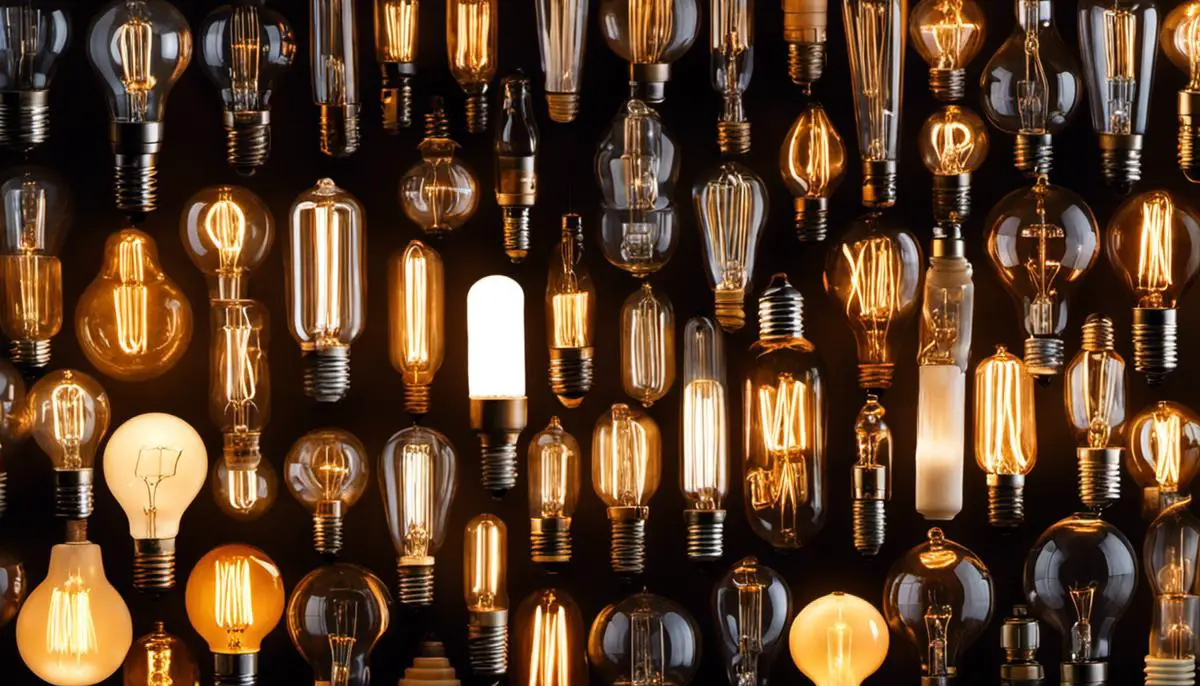
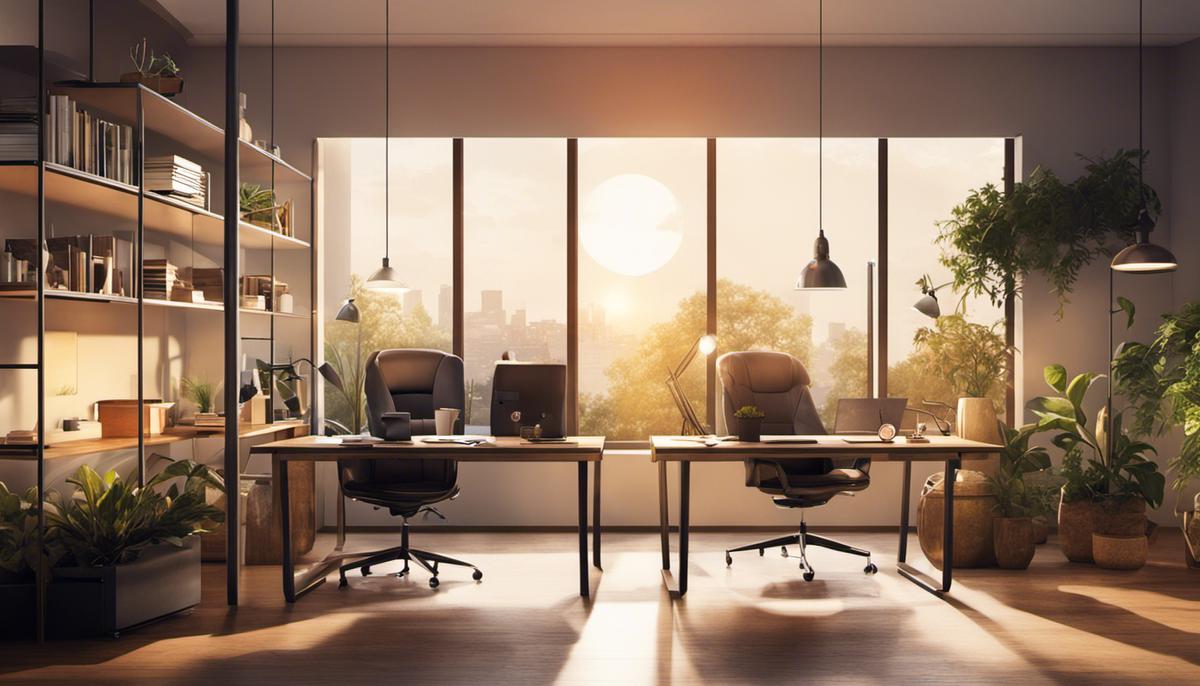
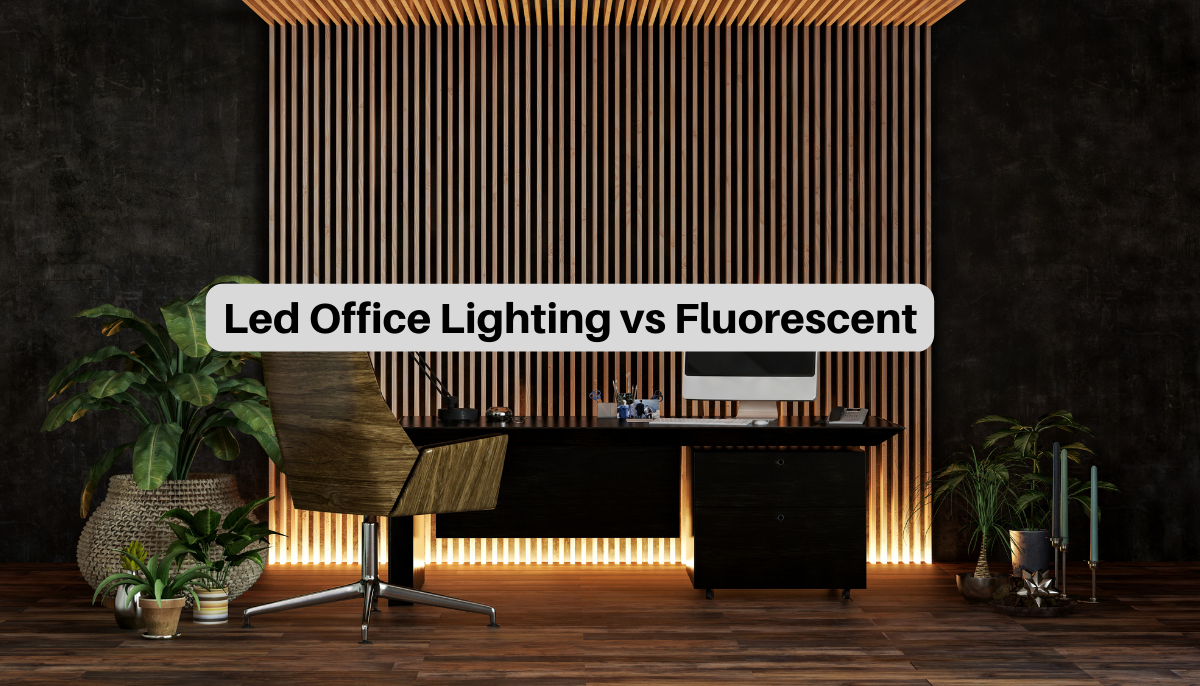
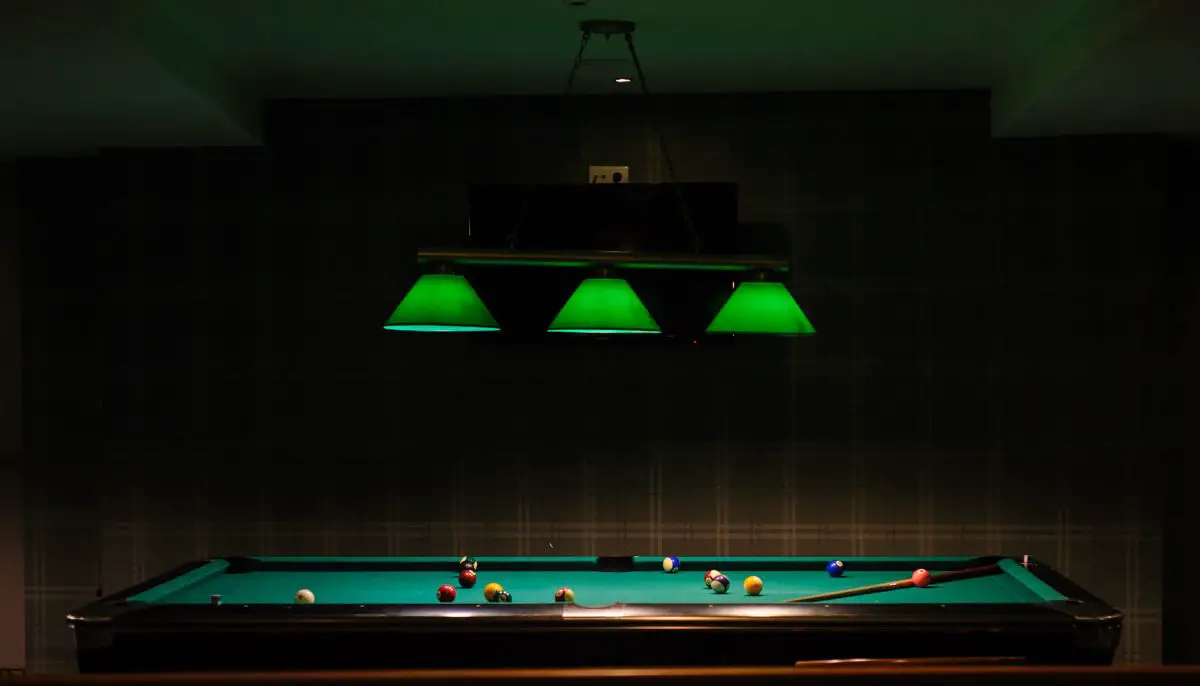
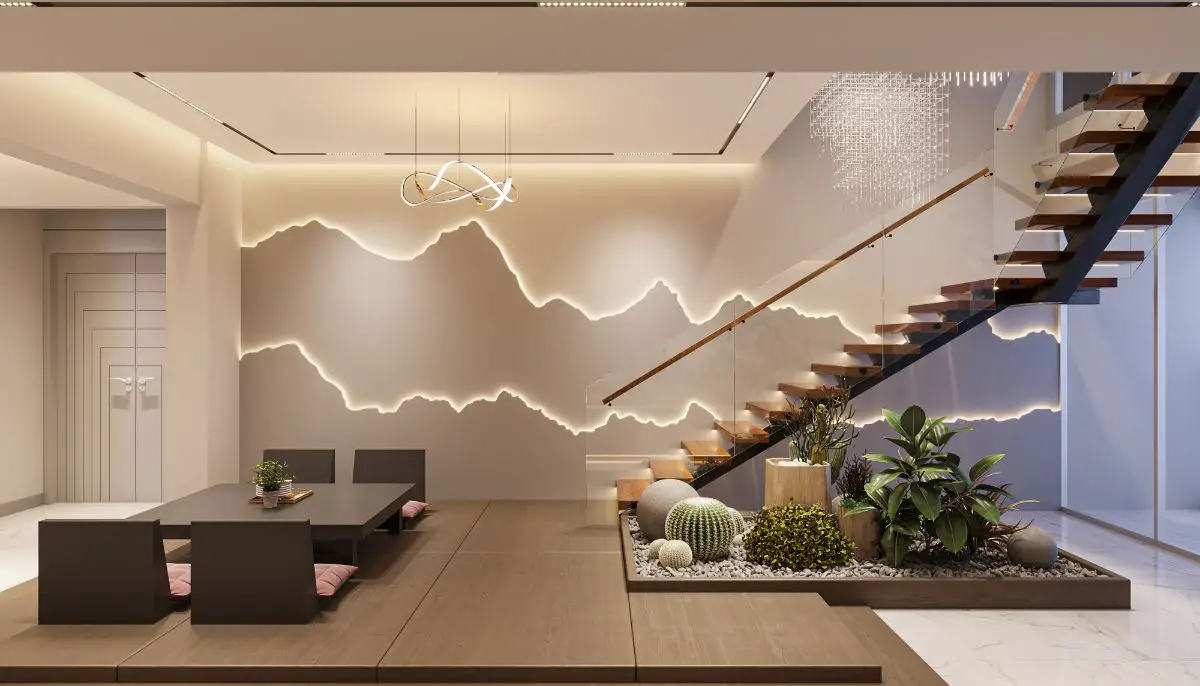


Leave a Reply